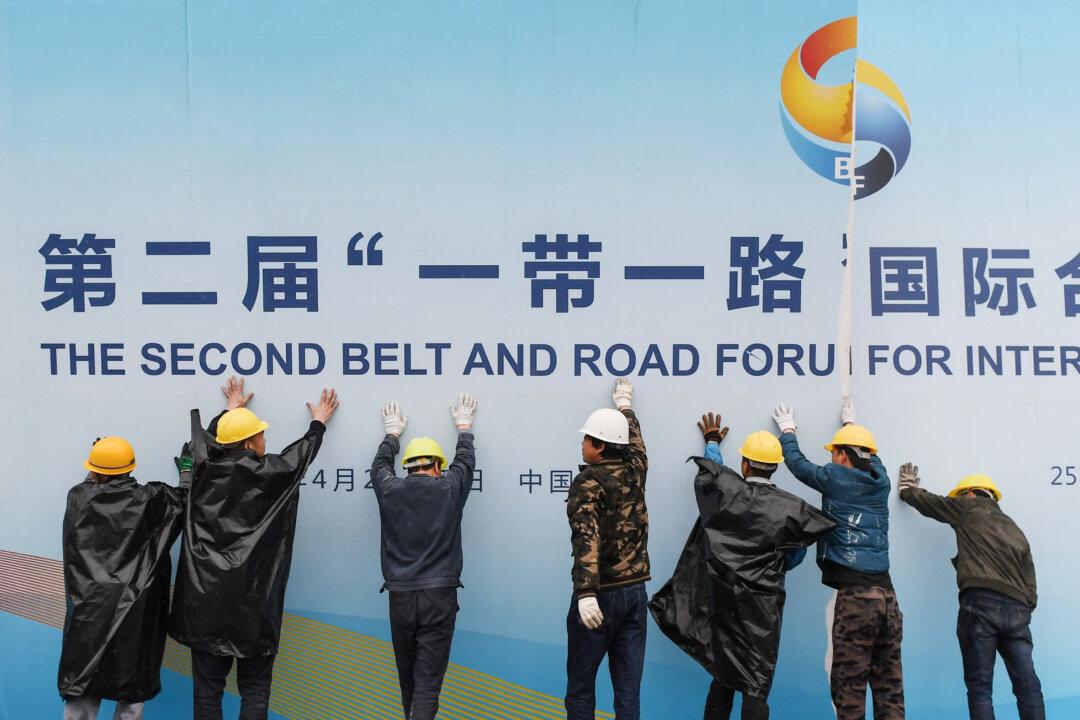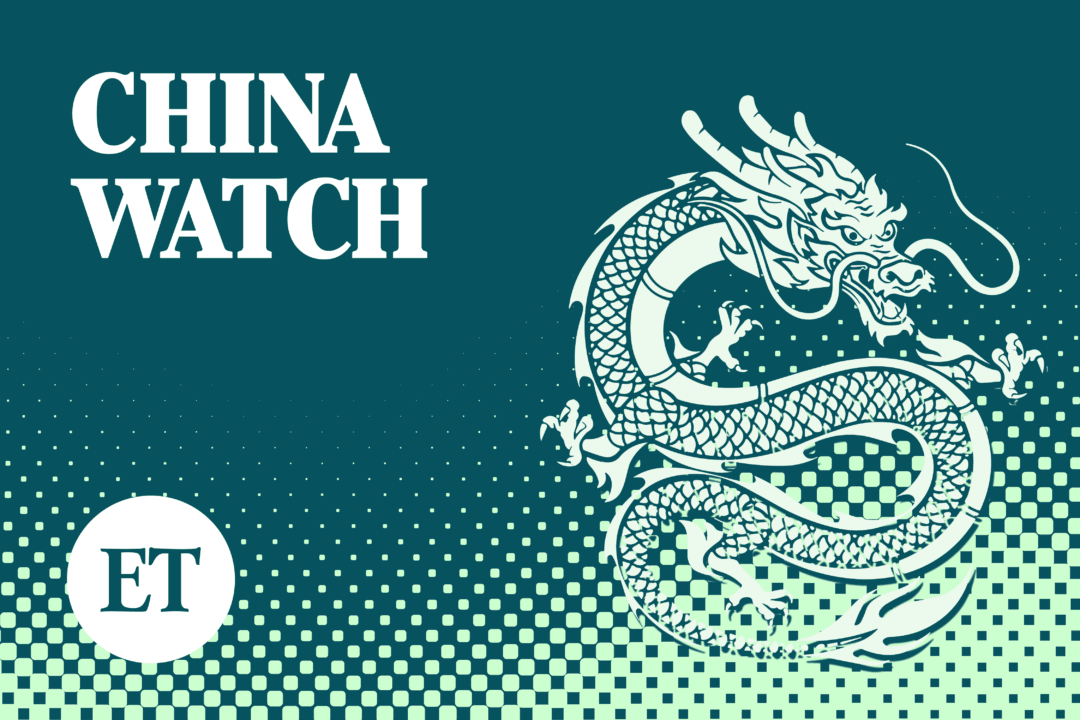China spent $240 billion in bailing out 22 participating countries of its Belt and Road Initiative (BRI) by the end of 2021, a new study shows.
The study published on Tuesday by AidData, a research lab at William & Mary, a public university in Virginia, notes the significant scale of China’s cross-border rescue lending: it says that China’s $240 billion bailout is more than 20 percent of total International Monetary Fund (IMF) lending over the past decade, with an accelerating trend—$185 billion, or nearly 80 percent, of the total $240 billion was extended during the recent five years between 2016 and 2021.



